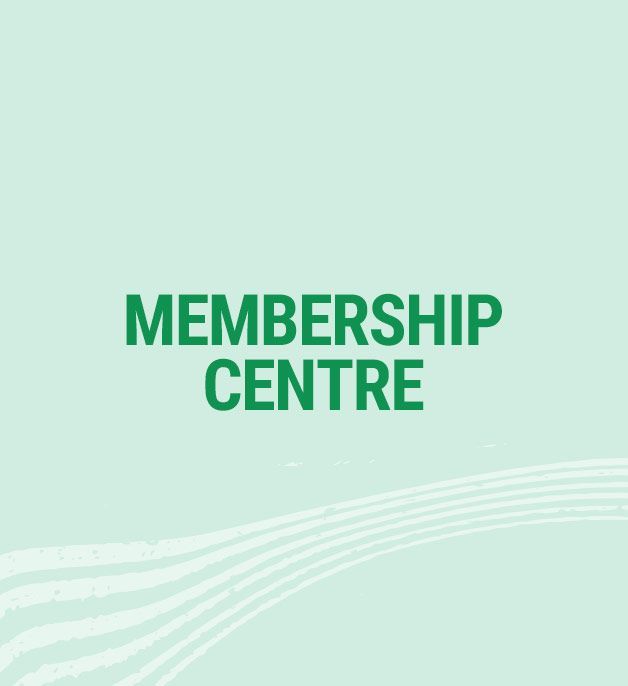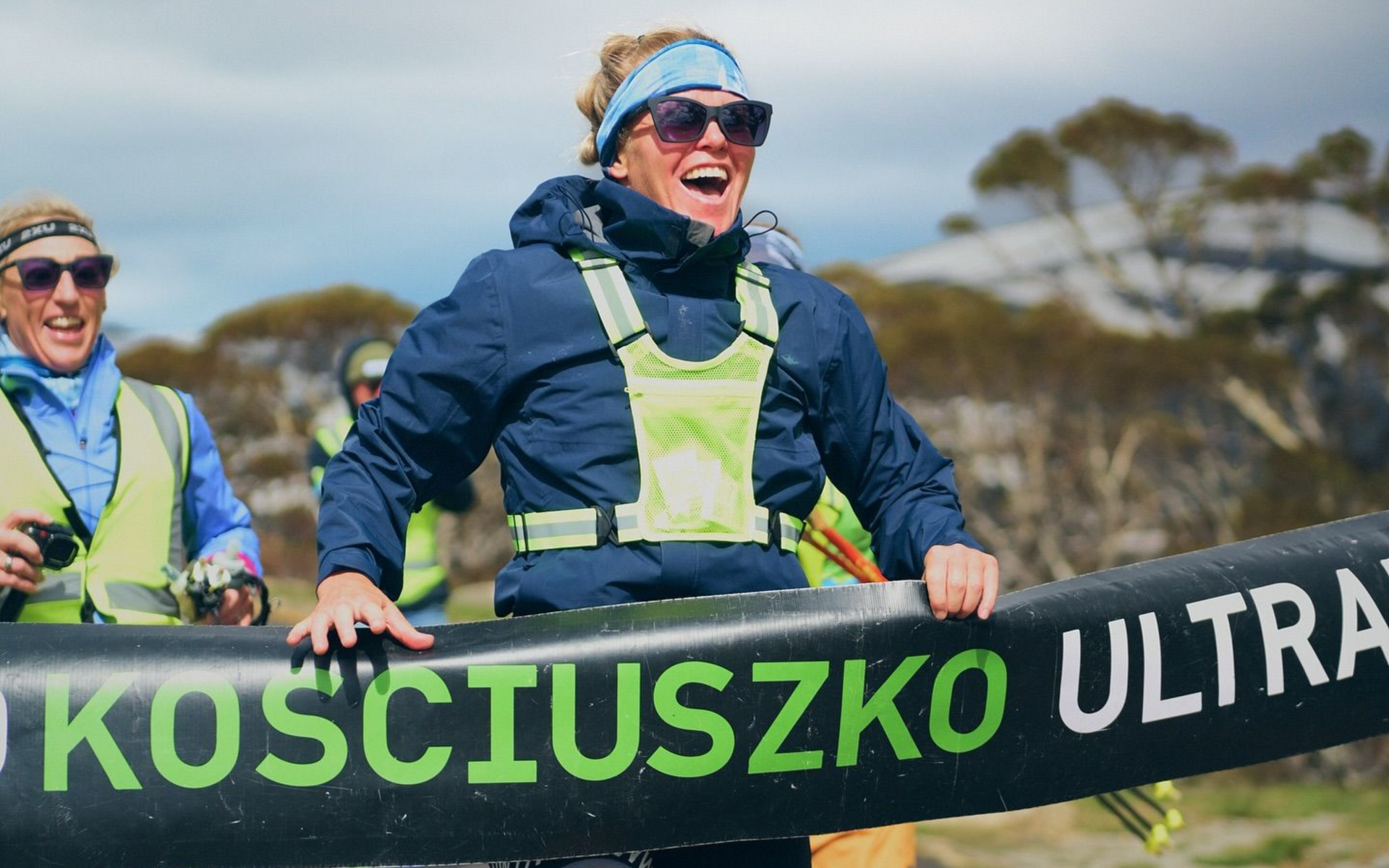
COACH’S CORNER - How to avoid injury by Andy DuBois
everything you need to know about how to avoid injuries so that you can keep your running at optimum level.

More than 50% of runners each year experience an injury that disrupts their training. While accidents like ankle rolls or falls are beyond our control, most injuries result from overuse. Runners often ignore small niggles, hoping they’ll disappear, but too often these develop into injuries that prevent them from running.
Understanding how to (a) prevent niggles from happening in the first place and (b) what to do when you have one is crucial for avoiding injury and maintaining consistent training.
Whilst this article wont offer you any magical formula that guarantees injury free training, it will give you a solid understanding of what needs to be considered to minimise your chances of an injury.
Overload vs adaption
Training is a process of applying stress to the body, prompting it to adapt and become stronger or fitter. While some stress is necessary to trigger this adaptation, too much—whether in a single session or over time—can lead to breakdown rather than improvement.
There are a number of different ways training stress can be increased including
- increase in weekly training volume
- increasing the distance of the long run
- increasing the number of runs per week
- increasing the intensity of one or more runs during the week
- increasing the amount of vert per week
- changing terrain ( more road less trail or vice versa )
- reduction in sleep
- insufficient calorie intake
- increased altitude
- increase in temperature and or humidity
- addition of strength training or an increase in volume of strength training
- addition of other activities to the training week - eg team sport , gardening
- increase in volume density ( doing the same volume per week in fewer days )
- back to back harder sessions or back to back long runs
- change of shoes ( this doesnt increase training overall training stress but can change the loads on the different muscles which then results in an increase in training stress for those muscles )
- increased alcohol intake
- increase in stresses external to running
Injuries usually occur from either
a) a slight increase in a number of those factors
b) a significant increase in one or two of the factors
All of the above increase training load by either increasing the physical load or decreasing the ability of the body to recover. Most people understand that increasing running volume or intensity increases training load. What’s less widely understood is that when external stresses increase, it also increases the training load, even if running volume and intensity remain the same. This happens because the body’s ability to recover is reduced.
One should only increase training load when there are signs the body is ready for an increase and you have the recovery capacity to handle an increase.
Signs that indicate it’s ok to increase training load include
- finishing runs feeling like you could easily continue with only a minimal increase in fatigue
- a desire to run more
- no niggles
- reduced muscular soreness
Signs that suggest you should not increase training load
- niggles that aren’t going away
- increased levels of fatigue
- decreased motivation
- a reduction in usual hours of sleep
- fighting off a illness
- increased external stress levels
- increased muscle soreness
Our bodies often signal when it’s not safe to increase the training load, but we tend to overlook these warnings. We should listen to our bodies’ signals rather than follow a training plan that increases the training load without considering how we feel.
Guidelines for safe increases in training load
The 10% rule is frequently recommended as a way to safely increase training stress, but there’s no scientific evidence to support it. So what do we use instead ? Unfortunately, there is no easy answer as multiple factors need to be considered but lets cover some basic principles first to help guide our decisions on training increases.
Consistency in training week after week is key to improving performance. Any increases in training load should be managed carefully to maintain that consistency. When it comes to ramping up your training, it's best to err on the side of caution.
Consider whether the proposed increase in training might leave you more sore or fatigued to the point where it could impact your ability to train effectively the next day. If so, it’s probably too much.
Many training plans have weekly increases, however, there's no scientific evidence to support the idea that our bodies can fully adapt to increased training stress in just 7 days. For most of us keeping training load the same for two to three weeks before increasing again is a good strategy..
Let’s look at some examples of the typical ways we increase training stress to give a greater understanding.
Increasing the long run
The 10 % rule suggests we can increase a 15km long run to 16.5 or a 30km run to 33km but the former might be very conservative and the later ambitious.
An increase from 30 to 33km might be tolerated if the athlete kept it at 33km for a few weeks before increasing again. However, increasing by 10% three consecutive weeks would mean going from 30km to 40km in 3 weeks - clearly an injury waiting to happen.
In practice, increasing a training run by 10-15 minutes is usually well tolerated ( assuming intensity is the same and no other variable has changed ). Once an increase has been made you then need to assess how well that was tolerated before increasing again.
Increasing intensity
Increases in training intensity come with a higher risk of injury especially when speed sessions are first introduced into a training program.
For example, a speed session targeting 5km pace that increases from 5 x 1km to 8 x 800m is likely well tolerated but if you haven't run any intensity for a while then starting with 10 x 400 at 5k pace has a much higher risk of injury.
A common mistake is runners going too hard in the first few reps of a speed session. This leads to greater fatigue earlier in the session and a corresponding higher risk of injury later in the session. Better to start slower and get faster than vice versa. It’s almost always better to finish high intensity sessions feeling like you could do more rather than 100% spent.
Increasing Vertical Gain
Significant increases in vertical gain, whether through long runs, hill repeats, or adding more hills throughout the week, come with a higher risk of injury. There is no definitive guide on how much you can safely increase it by. After any increase closely monitor how your legs are feeling before increasing any further.
Can I continue to train if I have a niggle ?
If you currently have a minor niggle that you can feel but is not affecting your running I would be very hesitant to increase your training load. Any increases you do make should be small and the niggle closely monitored for any signs of it worsening.
Key signs to watch for are
1) the niggle taking longer to warm up
2) feeling it more towards the end of a run
3) noticing it more when getting out of bed the next day
Any of these are signs that you have increased training load more than your leg can tolerate and would be wise to reduce training.
When is a decrease in training load advised?
If you’ve been dealing with a persistent niggle that isn’t worsening but isn’t improving and is hindering your ability to increase your training load, it’s recommended to cut back on training for a week or two. This will give your body a chance to heal and repair the injury. Obviously if the niggle is worsening then a reduction in training load is strongly recommended.
When external stresses like sleep deprivation, stress, or illness increase, it may be wise to reduce your training load. Sleep is when most of our musculoskeletal repair happens, and if it’s compromised, the risk of injury becomes higher
Red Flags in training
If you experience any of the following it is strongly advised to stop your run immediately and walk home as a more serious injury is likely.
- A muscular pain or tightness that increases throughout a run
- A sharp shooting muscular pain
- any pain that forces you to change the way you run
It is very unlikely any of these will be resolved by running further. The most likely scenario is you will turn a minor strain into a more serious one that needs a week or more off running.
Aside from monitoring training load how else can we can reduce the risk of injury?
The two most common strategies suggested are warm downs and post run stretching . Neither of these have any scientific backing. However warming up before a harder session is advised. You can do this via a light run followed by some dynamic mobility work or some strides.
Strength work is often recommended to help prevent injury and whilst we still need more research to sort out what kind of exercises are best it does seem that some strength work will help.
The evidence on foam rolling is less favourable and whilst it probably isn’t going to do you any harm, it’s not likely to have a noticeable impact on recovery or injury prevention.
The current research on biomechanics of running and injury is inconclusive and the recommendation is not to change the running form of an uninjured runner.
For injured runners there may be an argument to change running form but that should be determined on a case by case basis by a professional.
Golden rules to avoid injury
1. Consistency in training is key.
2. Listen to your body
3. Run today with tomorrow's run in mind.
4. Increase training load based on when the body feels ready not when the training plan says to.










